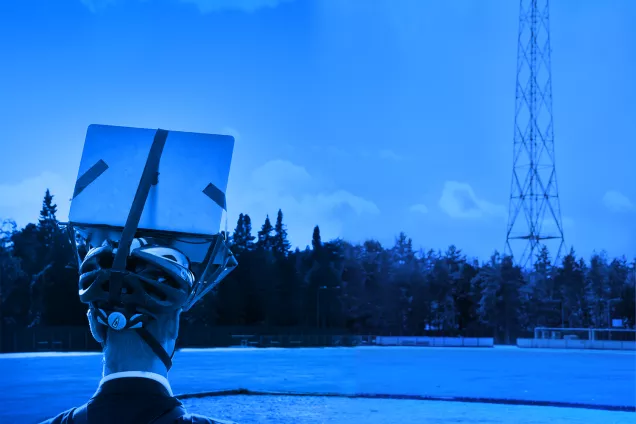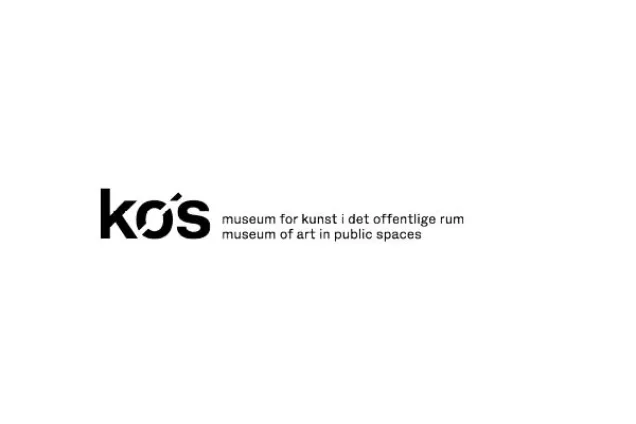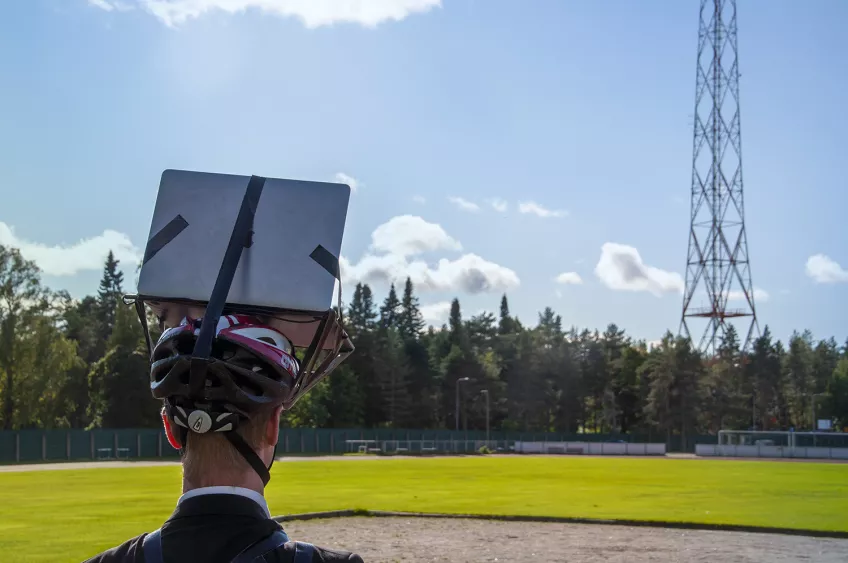Immersive Days #2: Public Immersion
22 to 24 November 2022
VR and sound installations, guided/locative audio walks in public space, talks and participatory mixed reality performances.
Programme: Please enter the Immersive Days programme here (PDF, 210 kB, new tab)!
Under the title ’Public immersion’ this year’s Immersive days will relate to questions on how immersive technologies change the way we conceive, experience and engage with sites and localities today, and maybe tomorrow. Can we reconfigure or negotiate the dominating site-specific approaches through new technologies? Do we have to subdue to the tendencies Pascal Gielen describes as a situation when public space no longer allows us “to meet others but to ignore them or pass them by” /… / “it simply ceases to exist. Politics then withdraw from daily life and the public space becomes depoliticised.” Or are these technologies a possibility to open up public spaces to render immaterial geographies of our globalized cities sensible, or show every locality’s entanglement with the world, even connect it to a planetary scale?
Immersive Days #2 is organised in collaboration with KØS Museum of Art in Public Spaces as part of the project ‘Sites, sounds and screens – New approaches to sites, locality and technology in public art’ supported by The Nordic Culture Fund. The programme will include a series of projects in public spaces and one day of lectures and artist presentations. During the three days the audience will be invited to participate in nightly excursions, mixed reality performances, guided and locative audio walks in public sites around Malmö as well as VR and sound installations at IAC.
One of the strategies to counter the stilting contradiction in the term Public Immersion is the radical and creative proposal by visual and sound artists Charlotte Østergaard and Yann Coppier of how to amplify the acknowledgement of the other’s presence, here and now. Their joint textile and audio work aims to immerse the audience into a physical universe, in which bodies are entangled in a shared world-costume, and in which each participant perceives the space around, including themselves, through other’s ears. Attentive listening strategies in walking-oriented practices also link to several of the other participating artists.
We are happy to have Christina Kubisch at IAC to talk about her legendary Electrical Walks series. Justin Bennett´s Secret Garden Malmö will invite the audience, through careful listening to see and experience Pildammsparken in an entirely different way. Bennett´s research about the public’s experience of architecture, urban development, and (un)built space share the same critical concern about how to take an active part in re-imagining our common spaces, that is at the heart of Jonas Dahlberg´s artistic practice. His lecture will focus on the laboratory research work conducted at Of Public Interest (OPI) – raising questions about the values of the common spaces, who they are for, in which ways they are shared, and how they are made and by whom.
Both Hans Rosenström and Sara Wallgren are interested in the voice’s capacity to be both intimate and public at the same time. The voice is immersive since it bridges the space between the inside of a body and the body of the listener. In Wallgrens exhibition An Unheard Echo at Krognoshuset in Lund this summer, the very building in itself acted as a kind of singing lighthouse at night. The “Lamento” that could be heard out over the public square, was composed using a computer model created by the artist’s voice. During daytime the drawings and minimalistic installations inside the building invoked sounds for the visitors.
As users of social digital platforms that increasingly become the arenas for public debate, we are separated in algorithmically tailored bubbles. A growing number of artists address the challenges but also the possibilities that ubiquitous computing imposes on humanity. In Jacob Remin´s multichannel sound installation Server Songs, a generative choir of synthetic voices will sing about life lived on and through the internet.
Francis Patrick Brady´s participatory performance addresses the fact that we construct our realities through many sources. “Finding the Real Thing” will use virtual reality as well as several non-technological aids for creating an alternative reality experience. The artist duo, Josh & Axel´s promenade performance PLUG-FAIR / through a glass, darkly, also takes a very playful and direct approach to the concept of “mediated life”. If we wish to better understand how different media immerses us and to what effect, we could start by directing the spotlight to the under-discussed subject of over-illumination in our cities. The winning proposal for the Public Immersion open call 2021, by Alona Rodeh is based on several years of research on how artificial illumination technologies influences not just our state of wakefulness but also heavily impacts the well-being of non-humans. Rodeh will give a lecture performance and invite participants to join a nightly walk and a boat tour to reclaim and investigate darkness anew.
Patricia Reed we will give a deepened and structural understanding about the euro-centric ideas of space and representation. She compels us to think planetary instead of the imperialistic invested thinking in local and global terms.

Immersive Days #2
Publication (PDF, 1,97 MB, PDF, new tab)

KØS Museum of Art in Public Spaces
Read more about KØS Museum of Art in Public Spaces.

